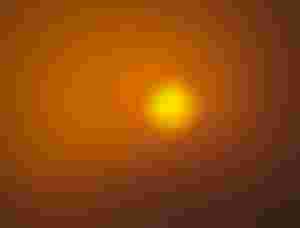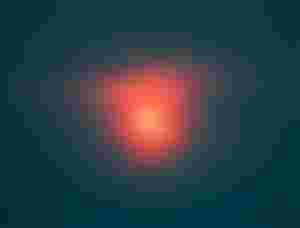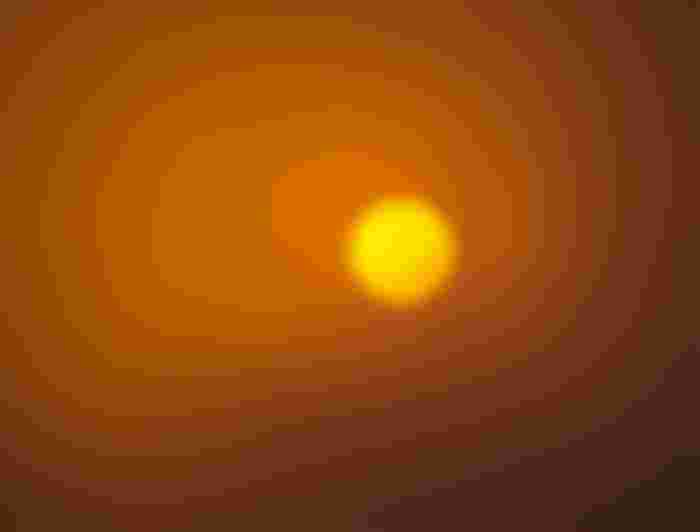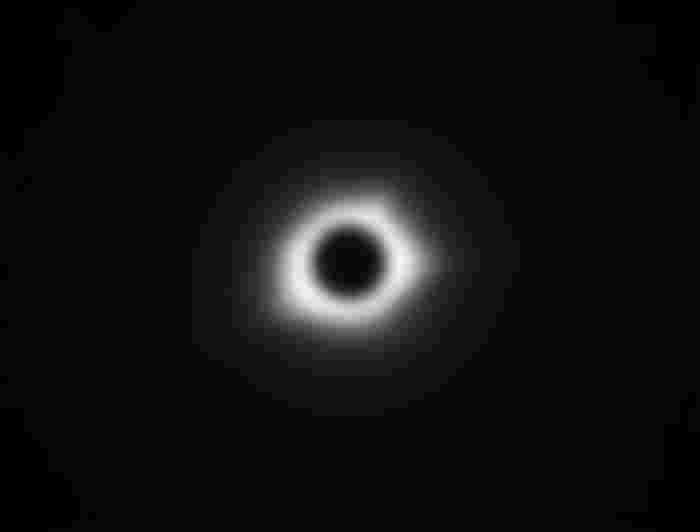Introduction | The Sun | The effects of sun explosion
Article number 01
Date:26-04-2022Hello read.cash and family I am here to start new journey. I hope in this platform I am going to rock by writing my feelings,technical experience, share idea, love story, real life story. Keep in touch with me. Its my First post in read.cash. I am going to introduce myself and I am sharing about Sun. Hope all of you enjoy it. I will try to provide proper information. Lets start.

Introduction :
I am Rabbi and I am 20 years old. I am a students. I just completed my higher secondary school certification exam with great result. I like to play Cricket and football. In my future post I will told more about me. I like to help people and my dream I will do social activities. Pray for me.
Today I am going to write my first post with 2 matter. Introduction is above and another details below.
this star has made the earth habitable by providing almost all kinds of energy including light, heat and weather. But have you ever wondered what would happen to the solar system if the star died suddenly or was wiped out by an explosion? How much will the world be damaged? How long will people have, will they still survive?
The sun:
According to NASA, about 4.6 billion years ago, a nebula formed a burning star called the Sun around our solar system. The nebula was a huge, swirling cloud of gas and dust. According to nebula theory, gravitational fall at the center of the nebula is caused by a passing star or supernova shock wave. Due to the collapse, most of the components of the nebula, especially the gases, accumulate in the center, creating intense pressure. And from that is born all the planets and stars of our solar system including the sun.

According to National Geographic, these gases of the Sun, which are composed of flammable gases, actually exist in the form of plasma. Plasma is a state of matter like gas, but most particles are ionized. This means that the number of electrons in the particles has increased or decreased.
The sun has different regions. Inland regions include the core, radiation zone, and convection zone. On the outer side is the moving visible surface or photosphere, the chromosphere, the transition zone, and then the sun's vast outer atmosphere, the corona.
The elements of the sun:
The sun contains more than 99.6 percent of the matter in the solar system. The sun is a huge force of hydrogen and helium that come together as a result of its own gravity. Hydrogen is the sun's fuel. Nuclear fusion reactions in the core of the sun convert hydrogen into helium. From which the earth stores the life-sustaining energy.
In about 4.8 billion years, about half of the sun's energy has already run out. With what is left, the total will remain in this state for another 450 to 550 crore years. Each star will explode at its appointed time, and the same thing will happen to the sun
Then, in the absence of hydrogen, the process will stop, and gradually the star will turn into a red giant. At this time, the size of the sun will increase several hundred times more than the current. At the end of the Sun's evolutionary process, it will transform into a tiny white dwarf (White Dorf) star 600 billion years later. At this time it will be as small as the earth. Gradually the sun would turn into a dead star, cooling off for the next few billion years. Of course, long before that, the very existence of life on earth was about to disappear.
Supernova explosion

It takes only 6 minutes for light to reach the earth from a star 150 million kilometers away. This distance may seem too much to us. However, if there is a shortage of fuel in the Sun's core tomorrow and it suddenly causes a supernova explosion, the distance to the supernova's motion will be very small.
To be safe from a supernova explosion, the Earth must be at least 50 to 100 light-years away from its current position. According to a Forbes source, an explosion in the core would increase the size of the Sun, and in the heat of the day, Mercury and Venus, as well as the Earth, could burn. The good news, however, is that if the sun were to explode, the resulting shockwave would not be strong enough to destroy the entire earth. Only the part facing the sun will be instantly damaged.
Residents on the other side will be lucky for a while. However, in a few seconds or minutes, the temperature will rise 15 times higher than the current surface temperature of the sun and permanent darkness will descend. The earth survives in orbit because of the mass of the sun, in the absence of the sun the earth will then start floating in space.
The good news, however, is that the earth could be stuck in another solar system orbit as it floats out of orbit. However, there must be a star that ensures the same light and heat as our sun.
The effects of the explosion
Even so, owning one is still beyond the reach of the average person. However, with advance information about solar eclipses, it is possible to find a way to keep life on Earth for a long time. As long as food can be stored, it can survive.

That is why people have to take shelter in deep bunkers on the surface of the earth with food and survival ingredients. Within a week of the sun exploding, the earth's surface temperature would drop to minus 18 degrees Celsius.
Within a year, it could drop to minus 63 degrees Celsius. As a result, the water of the oceans will turn to ice from the very bottom. Within a thousand years, the Earth's atmosphere will melt and collapse. All that remains will be destroyed by cosmic radiation and asteroid impacts. By then, however, the Earth is expected to find a habitable solar system.
On the other hand, even if the sun were to explode, it would not disappear overnight, but would take an estimated hundreds of billions of years to complete the long, slow, and difficult process of destruction. Gradually the sun will become hotter and brighter and it will start to expand. During this process, the sun will lose its outer layers of the universe. This will cause a terrible explosion like the Big Bang and create many more stars and planets like Earth. Just as the earth was created in an explosion.
Who knows, maybe new life may be formed in one of these stars. It is difficult to predict what our galaxy will look like billions of years from now. However, it is difficult to imagine any solar system without a golden glow in this galaxy. The superheated and bright magnetism of the Sun's center creates the gravity of our solar system, holding the planets and stars together.
The sun sustains the existence of life on earth with light and energy. However, as the sun expands, it will shrink over time. Basically any other solar system or a star like the sun will destroy itself to leave space for. If people could miraculously survive on Earth until then, there would be another discussion about where their place might be.
Lead image and other pictures collect from UnSplash.com.
Thanks for reading and Being with me. Enjoy your time with lots of happiness.




Welcome with announce you have a details about Sun